In the interest of perspective, let’s get this out of the way: Monaco makes manicured East Hampton and over-the-top Beverly Hills look like the back woods of Appalachia. Monaco is pristine and exclusive and, well, pretty much unachievable for regular folk. Here, there’s no mix of high and low. Or, rather, billionaire and non-billionaire.
At 1.95 square km and with 7,600 citizens, Monaco is the world’s second-smallest country. The citizens do not pay taxes. Over 100 nationalities are represented and this is what gives Monaco its flavor, certainly not the blindingly flawless surroundings.
Since 2005, Prince Albert II has been manning this elite ship. He is assisted by 18 democratically elected members.
Historically, Monaco was declared a tax haven and as such appeared on uncooperative countries lists. That changed in 2009, when Monaco agreed to play fair with the rest of the world and exchange information on all tax matters with the EU and G20 members.
The Grimaldi’s family rule began in the 13th century when François Grimaldi dressed up as a monk, smooth-talked his way into the Genoese-ruled castle, murdered the guards and, with the help of his troops, took control of the castle. Charles VIII, king of France, recognized Monaco’s independence in the 15th century. During the French Revolution, Monaco once again became part of France and the royals were imprisoned. In the 19th century, the Grimaldis were restored to the throne, but they subsequently lost portions of land. Monaco became Europe’s poorest country. In the 20th century, Ranier III worked hard to reclaim land, establish industrial trade and create the world’s largest yacht harbor.
Monaco, Monte Carlo, Port Hercule, Le Rocher, Fontvieille, Condamine
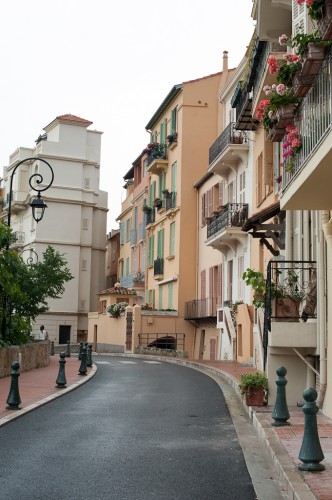
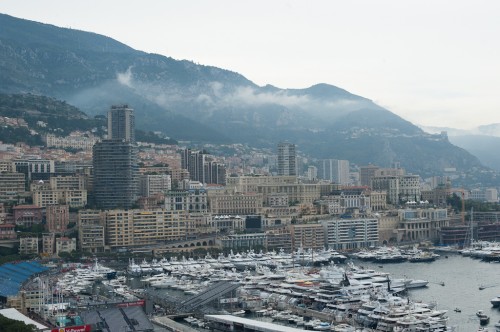
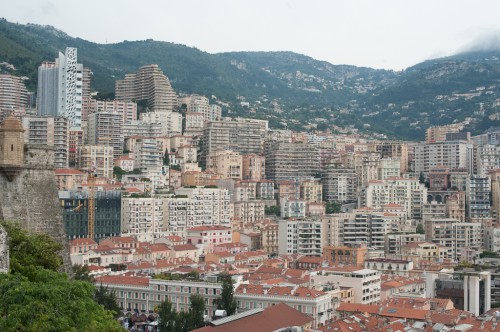
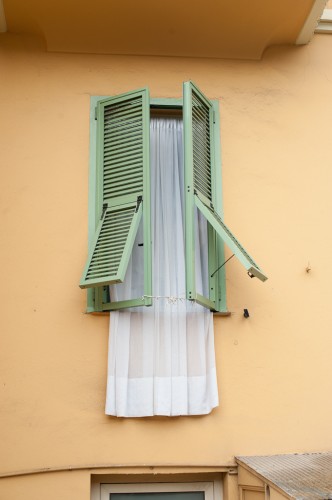
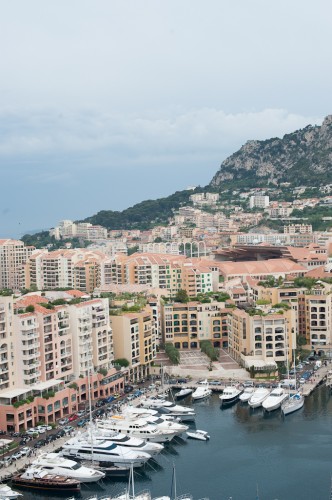
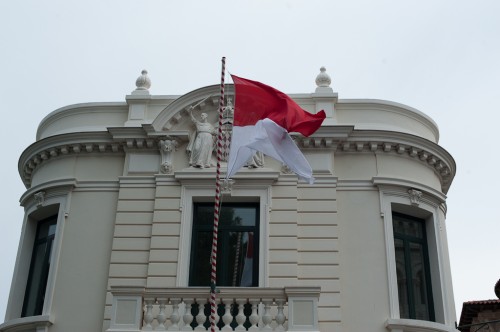
No comments yet.